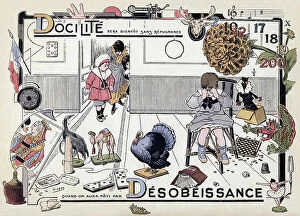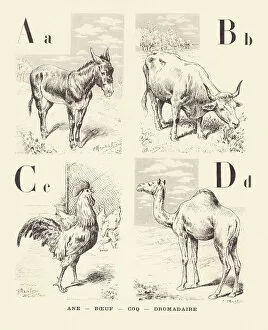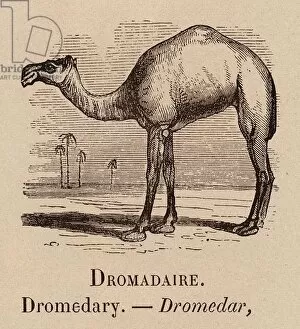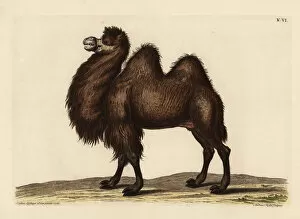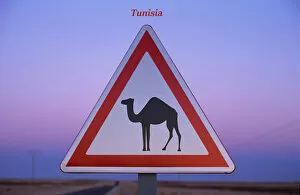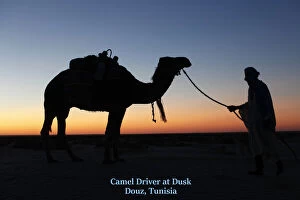Dromadaire Collection
The dromedary, also known as the Arabian camel or one-humped camel, is a fascinating creature that has captured the imagination of people throughout history
For sale as Licensed Images
Choose your image, Select your licence and Download the media
The dromedary, also known as the Arabian camel or one-humped camel, is a fascinating creature that has captured the imagination of people throughout history. From ancient illustrations to modern road signs, this majestic animal has left its mark in various forms. In 1901, an illustration titled "A B C D: Ane Boeuf Coq Dromadaire" showcased the dromedary alongside other animals. This engraving from "Le Vocabulaire Illustre" further emphasized its significance and highlighted its distinct features. While often confused with its cousin, the Bactrian camel (Camelus bactrianus), which possesses two humps instead of one, the dromedary stands out with its unique appearance and adaptability to arid environments. This is evident in a road sign warning travelers to beware of camels in Tunisia. Imagine yourself at dusk in the Sahara desert near Douz, Tunisia - witnessing a mesmerizing sight of a camel driver guiding his dromedaries through golden sand dunes. The silhouette against the setting sun creates an ethereal atmosphere that transports you back in time. Speaking of history, let's not forget about significant events such as the conquest of Egypt in 1798 when Napoleon Bonaparte introduced these magnificent creatures to Europe. The Universal Exhibition of 1867 even featured a temple dedicated to Edfu where visitors could marvel at representations including crouching dromedaries and oriental camps. Even closer to home lies Paris' 5th arrondissement where a series called "Garden of Plants" showcases sculptures depicting both camels and dromedaries. These artistic displays serve as reminders of their cultural significance and symbolize their enduring presence across different landscapes worldwide. Whether it be through historical depictions or real-life encounters on sandy terrains like those found along Tunisian roadsides – there is no denying that the dromedary holds a special place in our collective consciousness.


